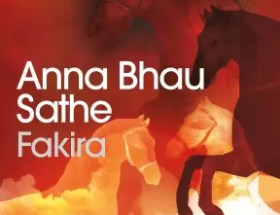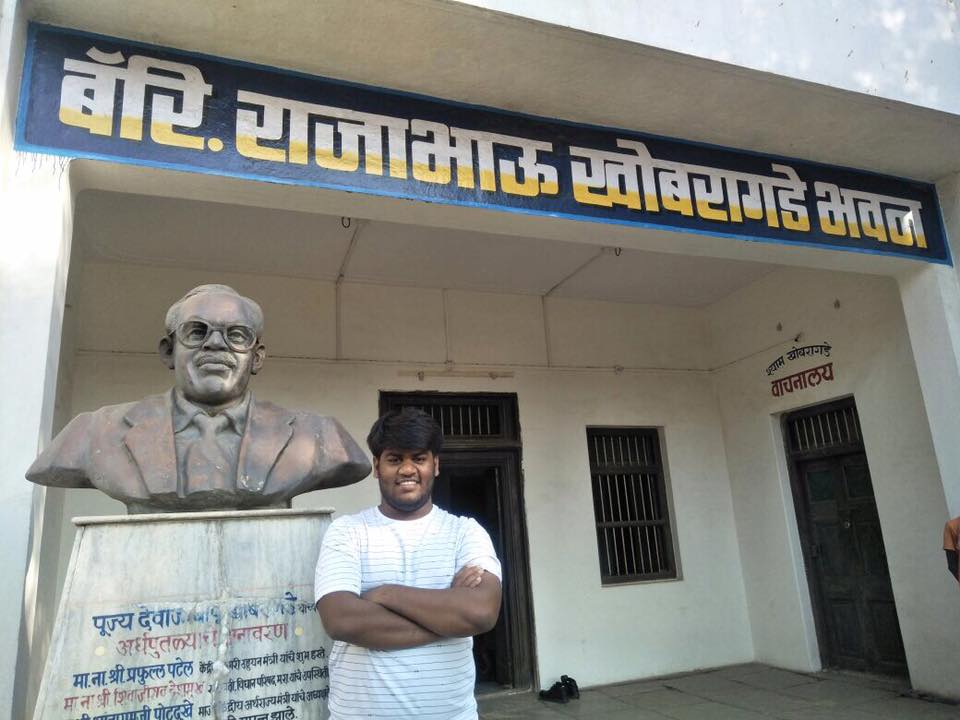R Karthick Narayanan
 A good movie often has a tendency to leave you affected when you leave the cinema hall. Among such movies, some make the audience express sympathy towards the subjects in the movie, others make us empathize with the subjects in the movie, but very few movies have the ability to provoke you to collective action to relieve the pain of the subjects in the reel and real world. Kaala belongs among this few. Pa Ranjith’s Kaala played along the age old plot of Good vs Evil, God Vs Asur but with an alternative gaze on the events in the plot. The plot that Ranjith chose for Kaala runs in today’s timeline and deals with subjects that are universally present in a urban-centric world. It is a story that plays out amongst us. So it is no surprise that certain section of us left the cinema halls with an unspoken call for a collective action.
A good movie often has a tendency to leave you affected when you leave the cinema hall. Among such movies, some make the audience express sympathy towards the subjects in the movie, others make us empathize with the subjects in the movie, but very few movies have the ability to provoke you to collective action to relieve the pain of the subjects in the reel and real world. Kaala belongs among this few. Pa Ranjith’s Kaala played along the age old plot of Good vs Evil, God Vs Asur but with an alternative gaze on the events in the plot. The plot that Ranjith chose for Kaala runs in today’s timeline and deals with subjects that are universally present in a urban-centric world. It is a story that plays out amongst us. So it is no surprise that certain section of us left the cinema halls with an unspoken call for a collective action.
Before I go on to write more about the collective call that I felt when I walked out of the cinema hall today, I urge all of those who are interested in a decent movie to go and watch Kaala. Your reasons to choose so could be many: you might want to see Rajini kick some ass and swing some people in the air–there are a few such shots. But in Kaala, Rajini does bleed like any human who comes face to face with the evils of the gods. So choose wisely.
Coming back to the movie now, as I said before, the plot of this movie plays out right amongst us. Citizens of the urban jungle, like their distant cousins in the villages, too live and work as a system of interdependent beings. Smart technology today might seek to replace this interdependence and introduce autonomous machines controlled by corporates but that’s a long distance away for us in India. Till then we will continue to have this plots played amongst us and many of us will be on the divide between this good and evil. Thus this well made movie connects with us immediately.
In recent days, beautification of the urban jungle has taken a stance against those providing services and sees their evacuation from the urban space as the process to achieve its goal. This landscaping project, as we have seen during the evacuation of slums in Delhi at the time of the Commonwealth games, is a direct threat to the livelihoods of the service providing groups. Thus this plot revolves around the service providing groups that reside in the slums of our urban jungle and their daily struggles to live a life with dignity.
Unsurprisingly, the community’s struggle to reclaim their dignity and the state repression that is unleashed on them as a backlash is the backbone of Ranjith’s Kaala. The story does have Rajini in it but we don’t see the super star on screen, instead we see a man who is loving and affectionately called out at every instance by his name Kaala–even a kid who is hardly the size of the cricket bat that he wields calls the protagonist Kaala. This instantly get us hooked to this man, and the man takes us through the cramped spaces of his slum, walks us into the daily life of the people who live there and introduces us to the way they negotiate the inhuman conditions there.

Similarly through Kaala, Ranjith again throws light on the darkest corners of our democracy: these glimpses at times erase the lines between reality and the script, and reminds us of the horrors that are and were unleashed on people of certain sections in our country in the past and in the present. Thus this movie continuously shunts the audience between reality and scripted reality, and as the movie picks up pace, this line is completely eroded, the pain inflected on the subjects feel real and many of us in the audience felt the zeal of the people’s movements and the chills of the repression.
Gods in Kaala have only one desire: absolute control over land and in turn, over people. Gods were the evil, they had the power to corrupt anyone and the resources to deny dignity to anyone. Asurs on the other hand had nothing but their bodies to fight against this evil. In the movie, the Asurs never waited for an angel to lead them, instead they relied on their collective will and commitment to end this disgrace to humanity. They lead themselves, they feed themselves, and they sustain themselves with help from similar collectives.
Asurs in the movie did not commit ‘vadam’ of the evil God to put an end to their misery, instead they chose to change the color of the God. Lifeless white was dethroned by the joyful black and her allies, the passionate red and the intelligent blue. And finally when the movie ended, what I felt was a call for a collective action, to come out, to stand together and to eradicate this evil that is born out of the hunger to control land.
Katravai Patravai!!
~~~
Karthick is a Ph.D. scholar at the Center for Linguistics in Jawaharlal Nehru University. He works with the Nilgiri Adivasi communities in documenting their linguistic practices and in sustaining their languages.










